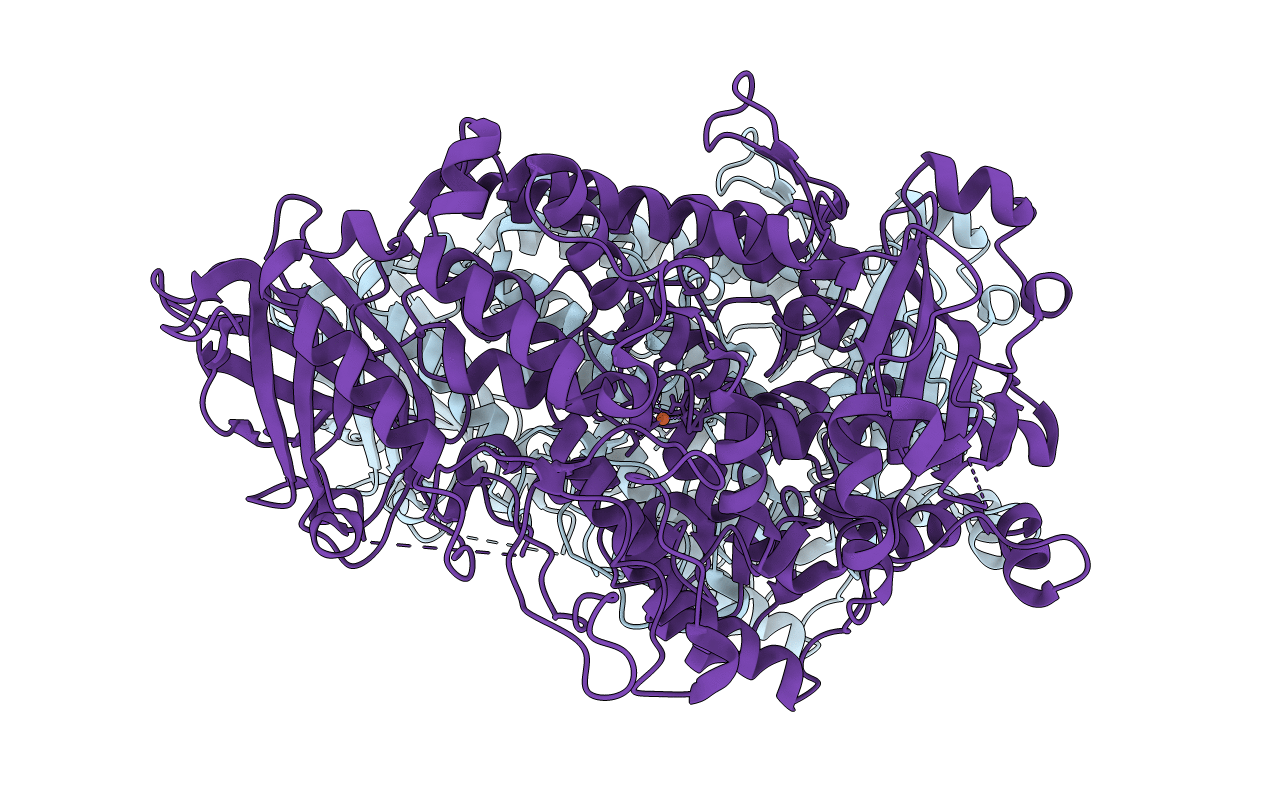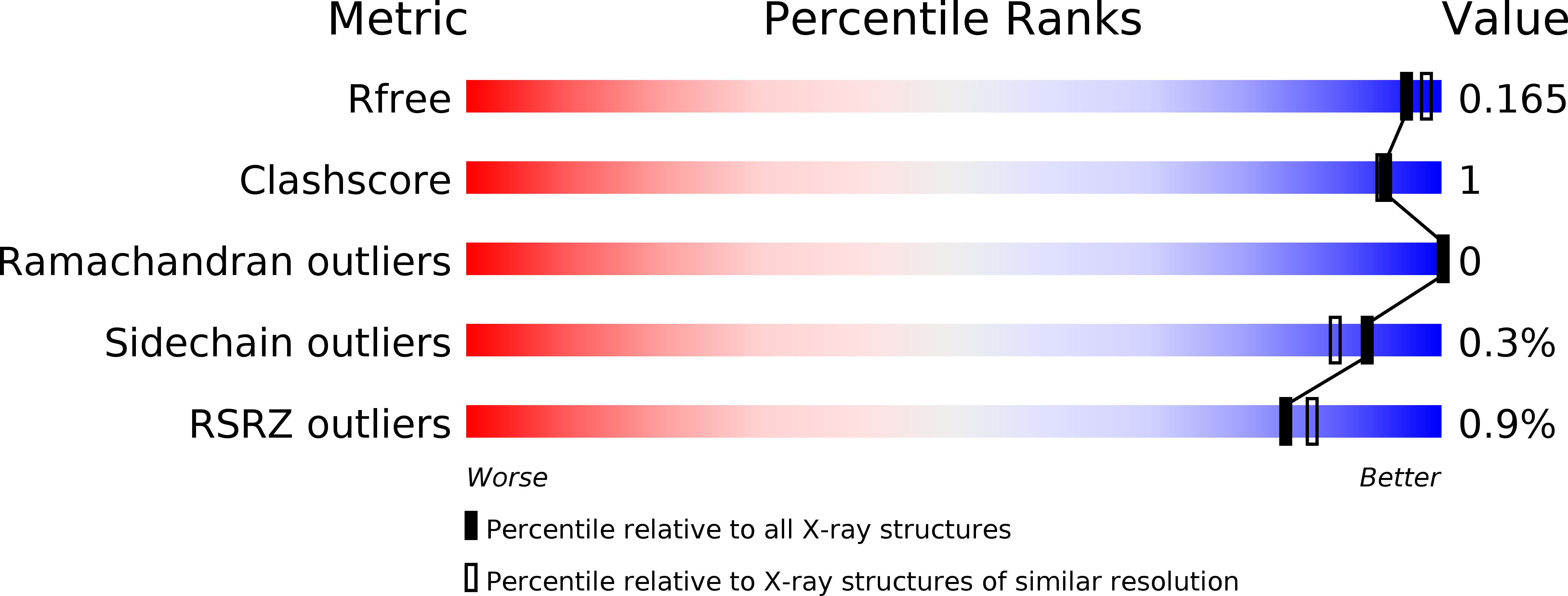
Deposition Date
2016-10-24
Release Date
2017-11-01
Last Version Date
2023-10-04
Method Details:
Experimental Method:
Resolution:
1.70 Å
R-Value Free:
0.16
R-Value Work:
0.14
R-Value Observed:
0.14
Space Group:
P 1 21 1


